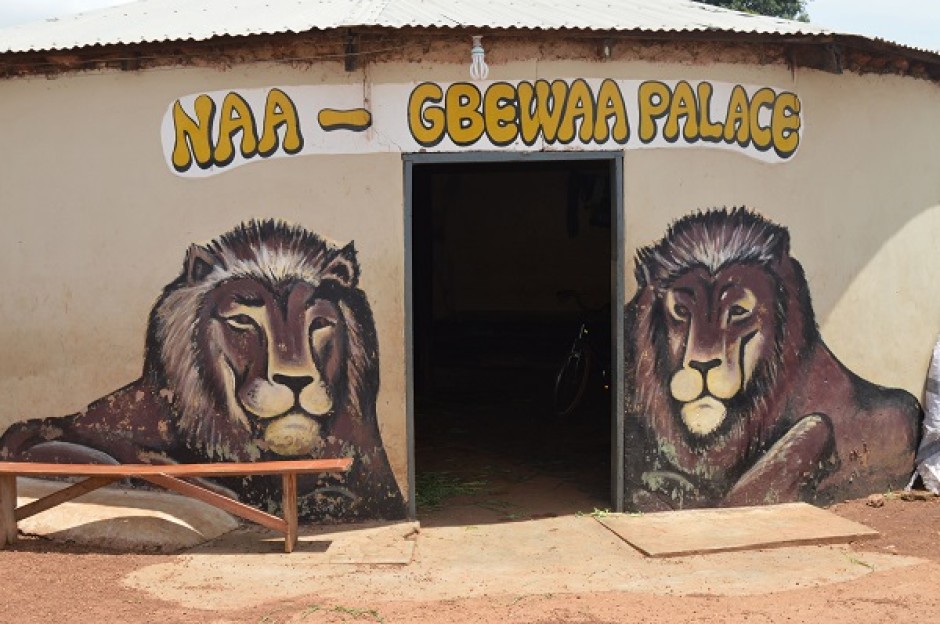Akatekyi Crocodile Pond: A Place...
September 29, 2025
As the third smallest among Ghana's 16 administrative regions, covering 8,842 square kilometers, it plays a vital role in the country's diverse landscape.
The Upper East Region is situated in the north-eastern corner of Ghana, sharing borders with Burkina Faso to the north and Togo to the east. With a longitude ranging between 0° and 1° West and latitudes 10° 30′N and 11°N, its geographic diversity contributes to its charm. The region is divided into 15 districts, each led by a district chief executive.

For those seeking a glimpse of nature's wonders and rich heritage, the Upper East Region offers a range of attractions. Notable among these are the Tongo Rocks, Bongo Rocks, and the scenic Tono Dam. The region is also home to historic sites such as Navrongo's mud-built church and the Pikworo Slave camp. Throughout the year, the region hosts vibrant festivals like the Samanpiid festival, Gologo Festival, and the Fao Festival, each celebrating aspects of the local culture and traditions.
The demographic makeup of the Upper East Region is characterized by a primarily rural population, accounting for 79% of its inhabitants. With a historical shift in rural percentages, dropping from 87.1% in 1984 to 84.3% in 2000, the region remains predominantly rural. The urban population is the lowest in Ghana, with only 21% residing in urban areas. In terms of citizenship, 92.5% are Ghanaian citizens by birth, childhood, or parenthood, while 5.3% are naturalized citizens. As of the 2021 Population and Housing Census, the region is home to 1,301,221 people, constituting 4.2% of Ghana's total population.

A network of national highways, including N2, N10, and N11, facilitates transportation in the Upper East Region. The N10, originating from Yemoransa in the Central Region, passes through Kumasi and ends at Paga in the Upper East Region. The N2 connects the national capital, Accra, to the region, terminating at Kulungugu. The N11 links Bolgatanga, the regional capital, to Bimpiela within the region.
Under the local government system, the Upper East Region is divided into 15 Metropolitan, Municipal, and District Assemblies (MMDAs), comprising both Municipal and Ordinary Assemblies. Each of these is governed by a Chief Executive, representing the central government.
The region places a significant emphasis on education, with numerous senior high schools catering to the academic needs of its youth. Institutions like Bolga Girls Senior High School, Bolgatanga Senior High School, and Navrongo Senior High School contribute to shaping the region's intellectual landscape. Additionally, the region hosts tertiary institutions like Bolgatanga Technical University, St. John Bosco's College of Education, Gbewaa College of Education, and C.K.Tedam University of Technology & Applied Sciences.
Visitors to the Upper East Region can enjoy comfortable stays in some of the region's best hotels and guesthouses. Akayet Hotel, Ganass Hotel, and Extee Crystal Hotel are among the establishments offering warm hospitality and a taste of local culture.
The Upper East Region has been home to remarkable individuals who have left an indelible mark on Ghana and beyond. Notable figures like Joseph Kofi Adda, Roland Agambire, and Abedi Pele hail from towns such as Navrongo, Sirigu, and Paga, contributing to the region's rich legacy.
In conclusion, the Upper East Region beckons to those eager to explore its natural wonders, immerse themselves in cultural festivities, and discover the warmth of its people. Whether you seek adventure, history, or a tranquil escape, this region offers a tapestry of experiences that make it a true gem in the heart of Ghana.
September 29, 2025
September 29, 2025
September 26, 2025
September 18, 2025
September 18, 2025
September 4, 2025
September 3, 2025
August 28, 2025
August 19, 2025
August 8, 2025